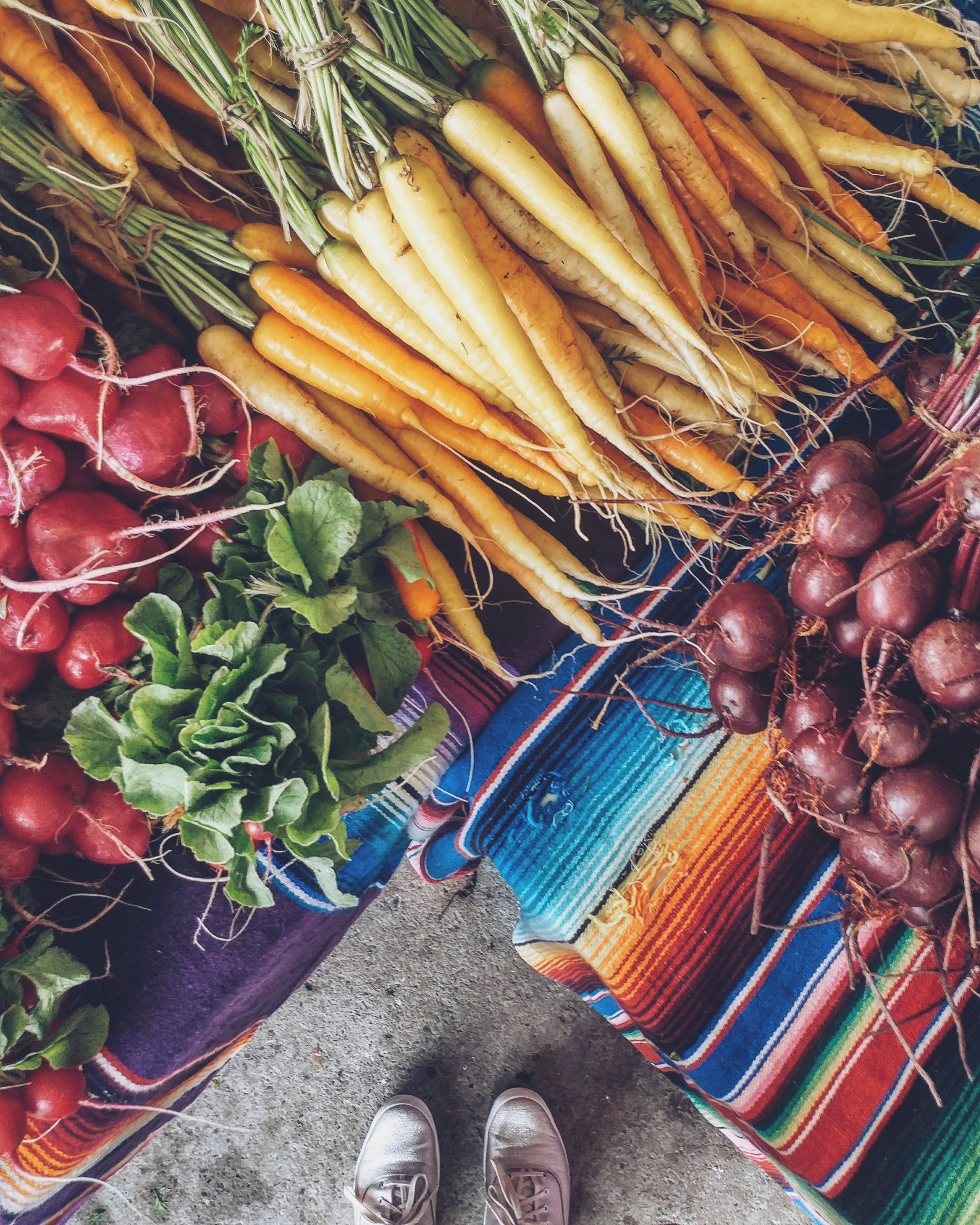
Ontario’s food identity is a rich mosaic of foodways.
It's made up of locally grown foods, innovative artisans and hardworking farmers, all intermingled with unique traditions grafted together by people that came here from around the world. Our rich, boreal landscape is peppered with farms, orchards and pastures that inspire makers to create delicious, terroir driven foods. We are fortunate to have access to fresh ingredients for half the year. During the other half, traditional preservation techniques marry with innovation in agriculture to keep locals and visitors alike satiated with seasonally driven food. These extreme seasonal shifts push chefs, growers and artisans to be innovative. They continuously inspire new techniques born from fusing traditions from across the globe.
Foodways
Food and drink are innately linked to the history, heritage, culture, and geography of place. All of these aspects lead back to the people of the place, how their culture has evolved, how they’ve shaped the landscape, their traditions, and livelihoods. This relationship is called “foodways”. Foodways address who, what, where, when, why, and how food becomes part of the fabric of a community. They shed light on the physical, social, cultural, economic, and spiritual factors that inform their experience of food.
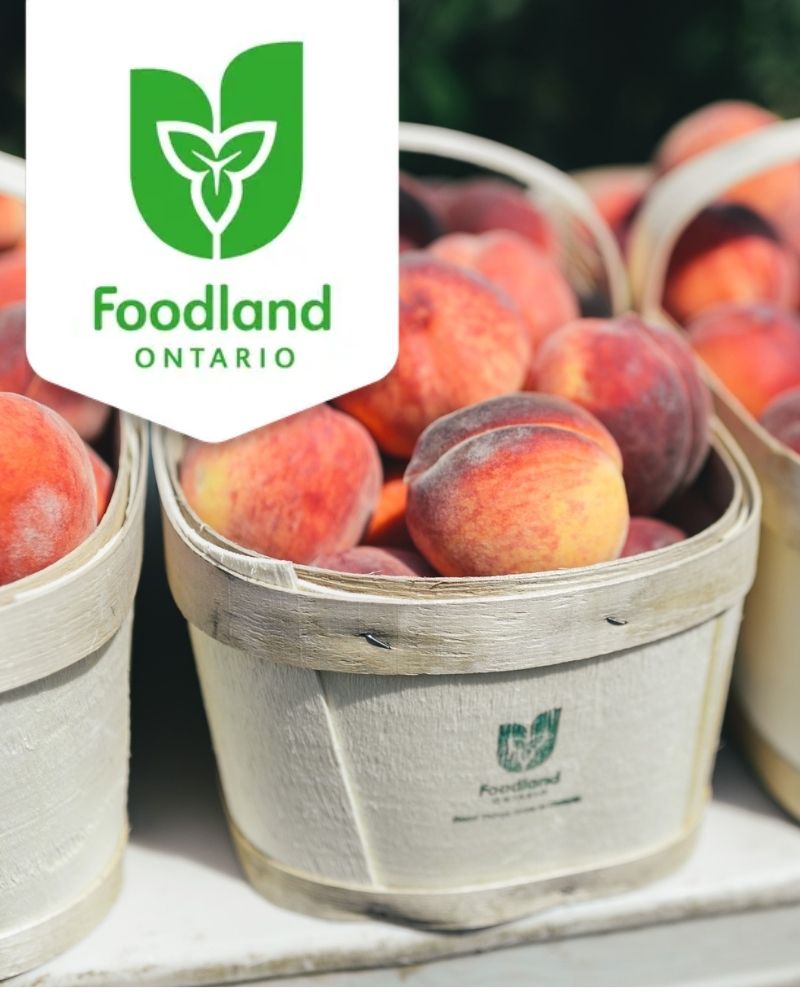
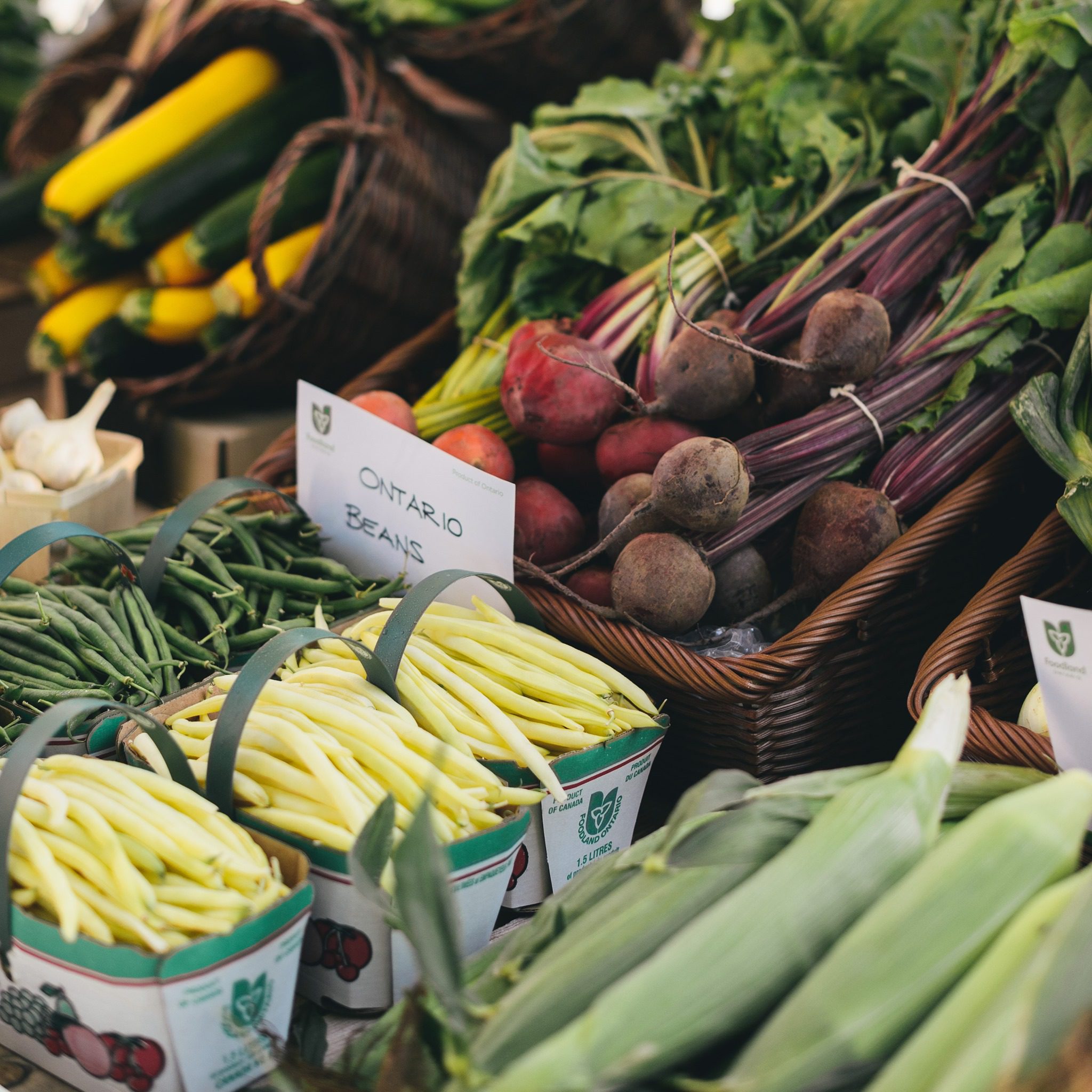
ICONIC INGREDIENTS
From the sandy fields of Norfolk County to the rich, dark soil of the Holland Marsh, the warm, fruit-friendly climate of Niagara and the hearty crops of Northern Ontario, Ontario’s local food is as varied and vibrant as the land it’s grown on. With more than 200 different agricultural commodities grown and made right here in the province, Ontario farmers and processors are producing everything from sweet corn and strawberries to greenhouse tomatoes, maple syrup, artisanal cheeses, locally raised meats and so much more! Thanks to Ontario’s diverse agricultural heritage and seasonal variety, there’s always something fresh and local to discover.
- Heritage varieties of apples grown in the The Blue Mountains
- Coronation grapes grown on the shores of Essex County
- Foraged foods like fiddleheads, morel mushrooms, chanterelles and ramps
- Peaches grown in orchards on the Niagara Peninsula
- Aged and rindy cheeses made in Oxford County
- Celtic blue cheeses from Glengarry County and the north
- Cloth-wrapped, Mennonite-style summer sausage in Huron County
- Wild blueberries foraged in Northern Ontario
- Fresh water fish caught off the shores of Manitoulin Island
- Maple syrup, ideally poured on snow fresh from the pot, in Lanark County
- Heritage breed pork raised on nuts and grains
- Cheese curds, cut and bagged that day
- Tomatoes grown in fields and greenhouses in Leamington
- Sweet corn, still on the cob from just about anywhere
- Strawberries, small and sweet, grown on hay in Norfolk County
Love Local… Choose Ontario Foods!
Foodland Ontario has been making it easy for Ontarians to identify and enjoy local food since 1977. That iconic green and white logo isn’t just a symbol—it helps consumers to recognize that the product was grown or made in Ontario. Whether you're shopping at a grocery store, visiting a roadside stand, exploring a farmers’ market or savouring a delicious meal at your local eatery, Foodland Ontario helps you connect with the people and places behind your food.
Learn more about what’s in season and how to find local food at foodlandontario.ca.
ICONIC DISHES
Canadians can lay claim to many amazing (and curious) food inventions, including ketchup chips, mac n’ cheese, poutine and peanut butter. None of these quite describe the plethora of what’s to be had in Ontario though. The beauty of Ontario’s foodways is that you can find just about anything. That being said, here’s a few things we think you should seek out while exploring our big, BIG province for an authentically Ontario bite. There are at least 1000 more!
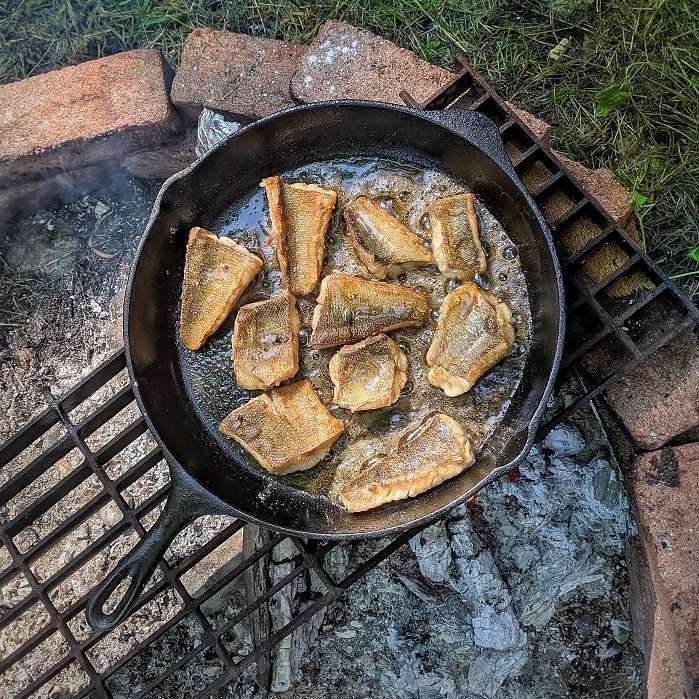
FRESH PERCH FRY
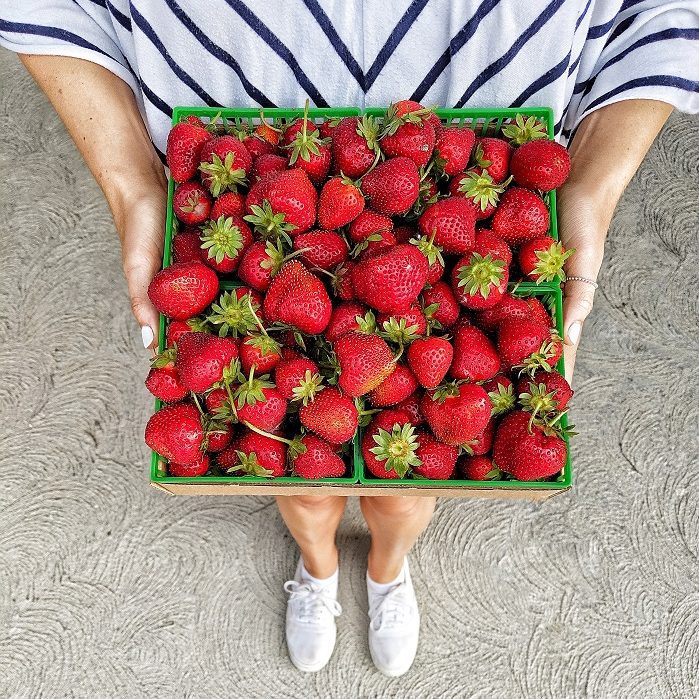
ONTARIO STRAWBERRIES
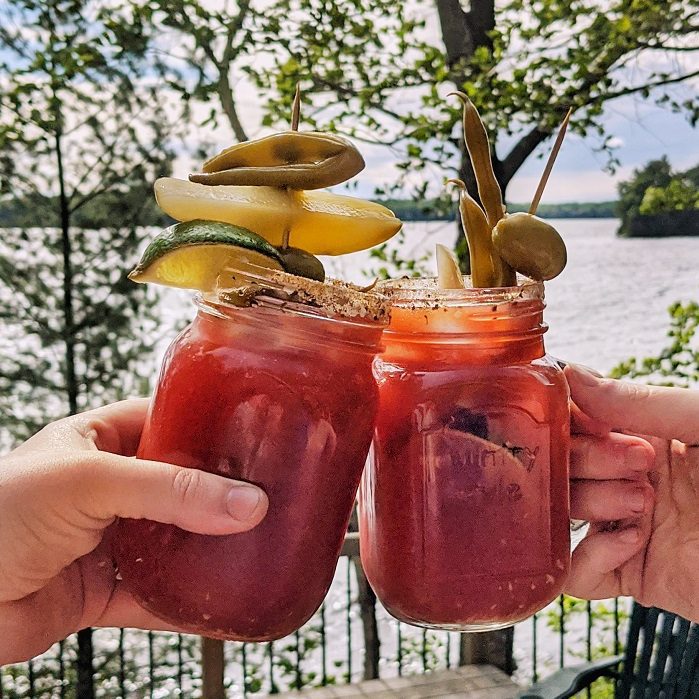
CAESAR COCKTAIL

PEAMEAL BACON SANDWICH

SMOKED RAINBOW TROUT

MOOSE TRACKS ICE CREAM

BUTTER TARTS
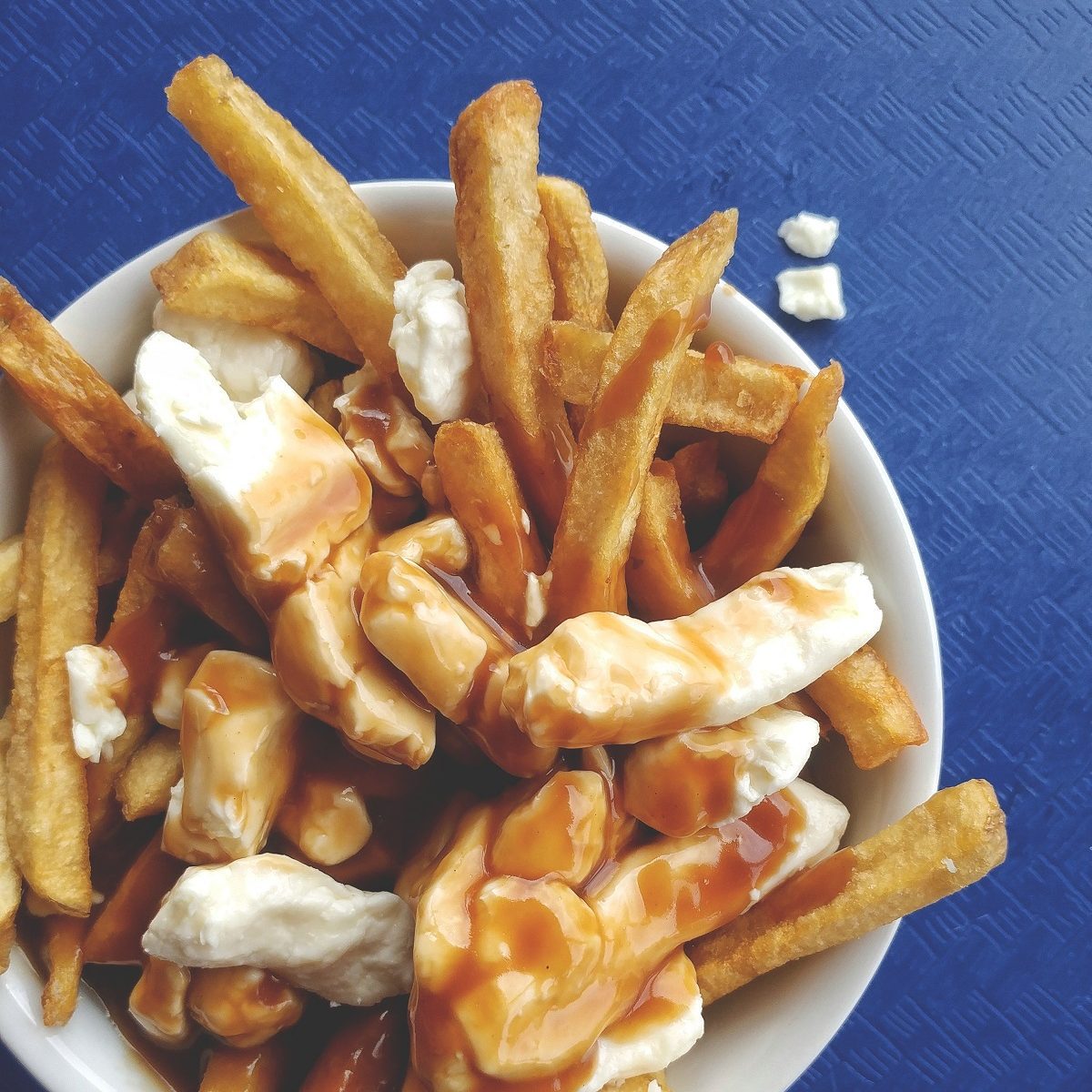
CHIP TRUCK FRIES
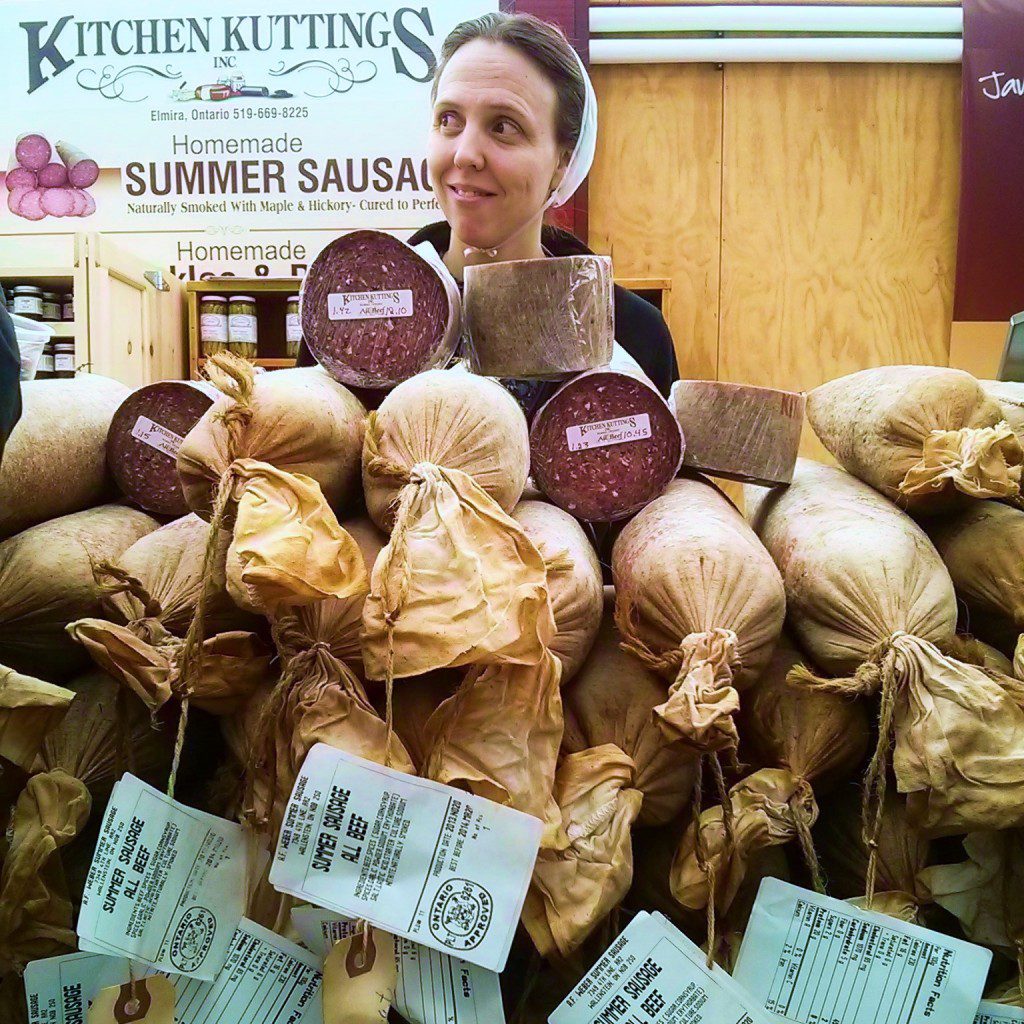
PORK CHARCUTERIE

FRY BREAD

PIES OF ALL KINDS

EAST INDIAN ROTI IN TORONTO

JAMS AND PRESERVES

DOUGHTNUTS
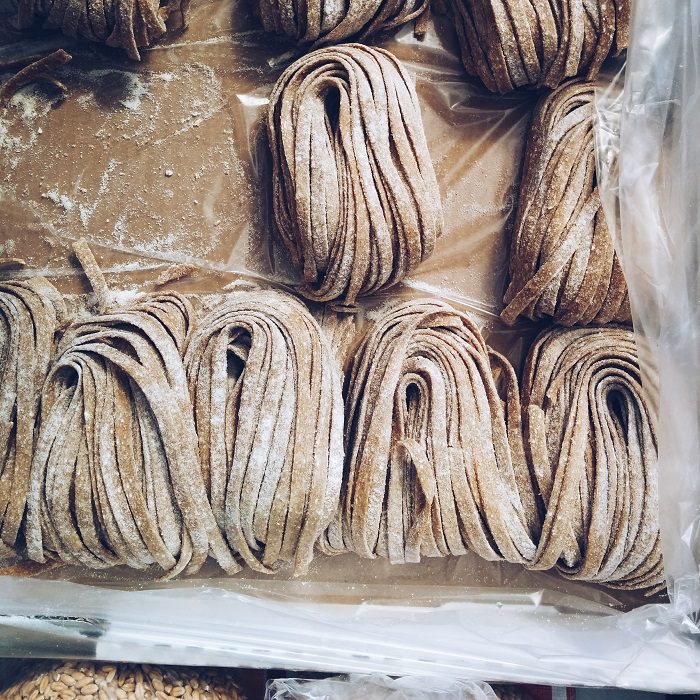
RED FIFE BREADS + PASTAS
SIP, SIP, REPEAT
Ontario has four well-established wine regions, a booming craft beer industry, as well as rapidly growing craft cider and distilling movements. Around every corner you’ll find a brewpub, cocktail bar or winery patio to indulge on.

ONTARIO WINE
You may have heard about our Icewine, but did you know Ontario also makes world-class red, white, pink and sparkling wines too? Ontario is known for its cool climate wines and excels in varietals like pinot noir, chardonnay, riesling, cabernet franc and gamay noir. You’ll find most of Ontario’s wineries in three regions: Lake Erie North Shore, Niagara Peninsula and Prince Edward County. When looking for a bottle, look for the ‘VQA’ logo. It means the wine is made from 100% Ontario-grown grapes, which have been approved through a strict quality-assurance program.
Find out more about Ontario VQA wines at winecountryontario.ca.
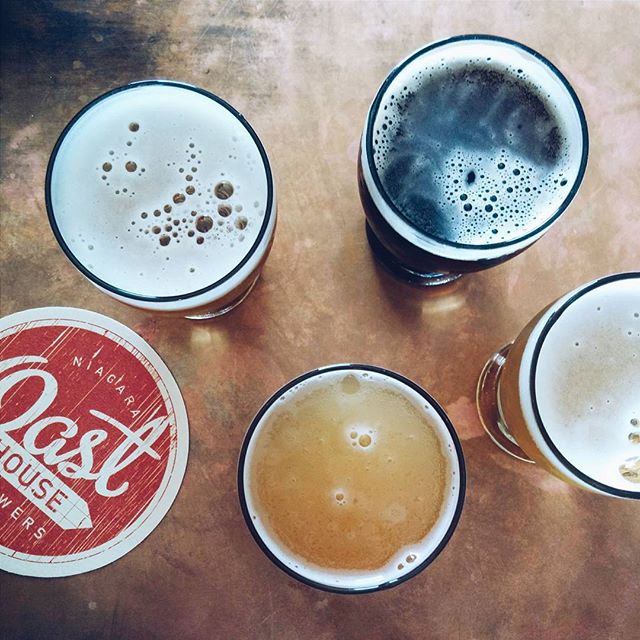
ONTARIO BEER
There are currently over 250 craft breweries making all kinds of beer in Ontario. While lagers and IPAs are still the most commonly found beer styles, you’ll also find industrious brewers creating complex stouts, sours and gruits across the province. Along with some of the worlds best tasting water, you’ll find a quickly growing hops industry, a couple malt companies and an award yeast lab in Ontario. That means that now, more than ever, much of what you’ll find in your pint glass is grown and harvested right here.
Find out more about Ontario beer at ontariocraftbrewers.com
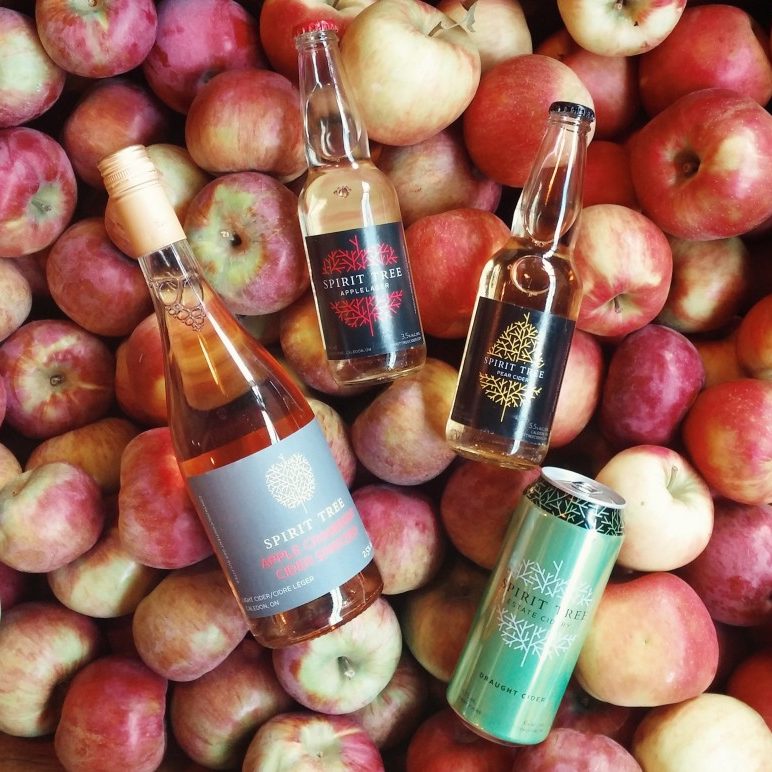
ONTARIO CIDER
From the lakeside orchards on Niagara to the micro-climate grown groves of Collingwood and all the way to Prince Edward County, Ontario cider production is on the rise. Ontario grows some of the worlds best apples, so it naturally follows we’d be making some damn good cider. Ontario ciders are generally quite dry and tend to carry a bit of funk. You’ll also find a number of unique ciders incorporating other Ontario fruit and herbs like cherries, hops and lavender. There’s also quite a few producers making perry, which is essentially cider made with pears.
Find out more about Ontario craft cider at ontariocraftcider.com
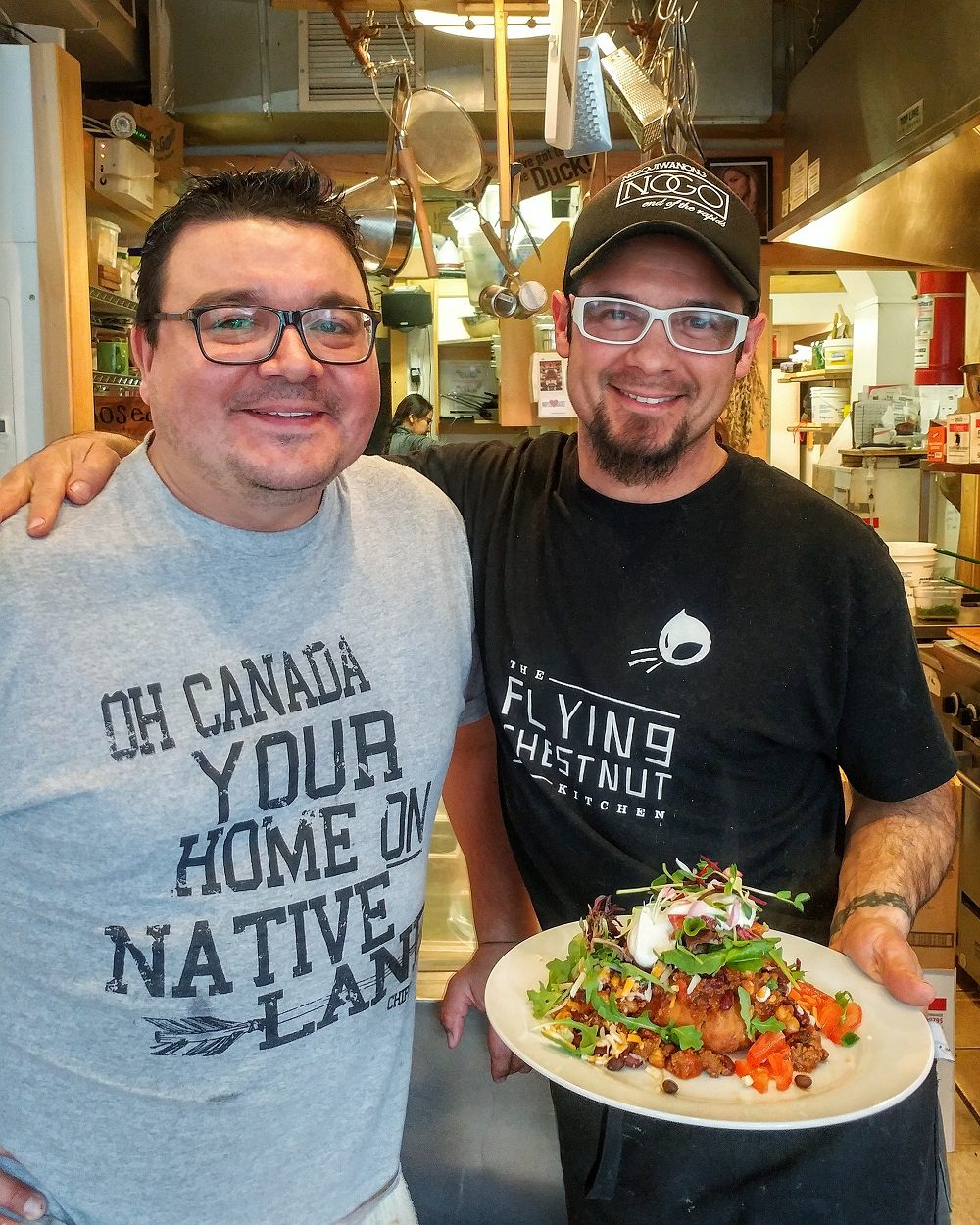
INDIGENOUS FOODWAYS
Rich with heritage and often inspired by the land, modern and traditional interpretations of Indigenous cuisine are on the rise in Ontario. Restaurants across the province are showcasing the incredible diversity of Indigenous food and drink.
Pow wows are some of the best places to experience local Indigenous culture and food. These social gatherings celebrate tradition, honour the past and renew friendships through music, song, food, dance and storytelling. You can see a list of public pow-wows here.
Want to explore Indigenous foodways? Here's a few good places to start.
EATING WITH THE SEASONS
Ontario has four seasons: spring, summer, autumn and winter. Availability of produce changes dramatically from season to season, with some edibles appearing for mere weeks at a time. It creates a sense of excitement around certain products, knowing that their presence at market is fleeting.
SPRING
- Rhubarb
- Fiddleheads
- Ramps (wild leeks)
- Morels
- Asparagus
- Sweet pod peas
- Strawberries
- Lamb
SUMMER
- Raspberries, blueberries, currants, gooseberries, haskap berries and service berries
- Sweet and sour cherries
- Peaches, apricots, nectarines and plums
- Radicchio, spinach and kale
- Artichokes
- Watermelon, cantaloupe and muskmelon
- Celery
- Field tomatoes
- Sweet corn
- Cauliflower, broccoli and rapini
- Zucchini, pattypans, crooknecks, marrow and globe squashes
- Fennel and anise
AUTUMN
- Sicilian, Japanese, white and graffiti eggplant
- Green, yellow and yard long beans
- Brussel sprouts
- Asian greens (bok choy, pak choy, mustard leaf)
- Crabapples
- Cranberries
- Pears
- Garlic and leeks
- Butternet, kuri, hubbard, spaghetti and acorn squashes
- Pumpkins
- Red fife wheat
WINTER
- Eggnog
- Endives
- Cold snap pears
- Forced Rhubarb
- Red Prince apples
- Wild Watercress
AVAILABLE (ALMOST) ALL YEAR
- Pork
- Summer sausage and charcuterie
- Cheese (cows & goats milk)
- Yogurt, kefir and butter
- Eggs
- Beef
- Lakefish (Perch, Pickerel, Trout)
- Apples
- Mushrooms (button, shiitake, enoki)
- Chicken, duck and quail
- Greenhouse tomatoes, peppers, eggplants & cucumbers
- Hydroponic greens & herbs
- Honey
- Maple Syrup
- Cabbage
- Carrots, beets, celeriac, turnips and rutabaga
- Potatoes and yams
- Onions
- Farmed shrimp
- Quinoa
- Radishes
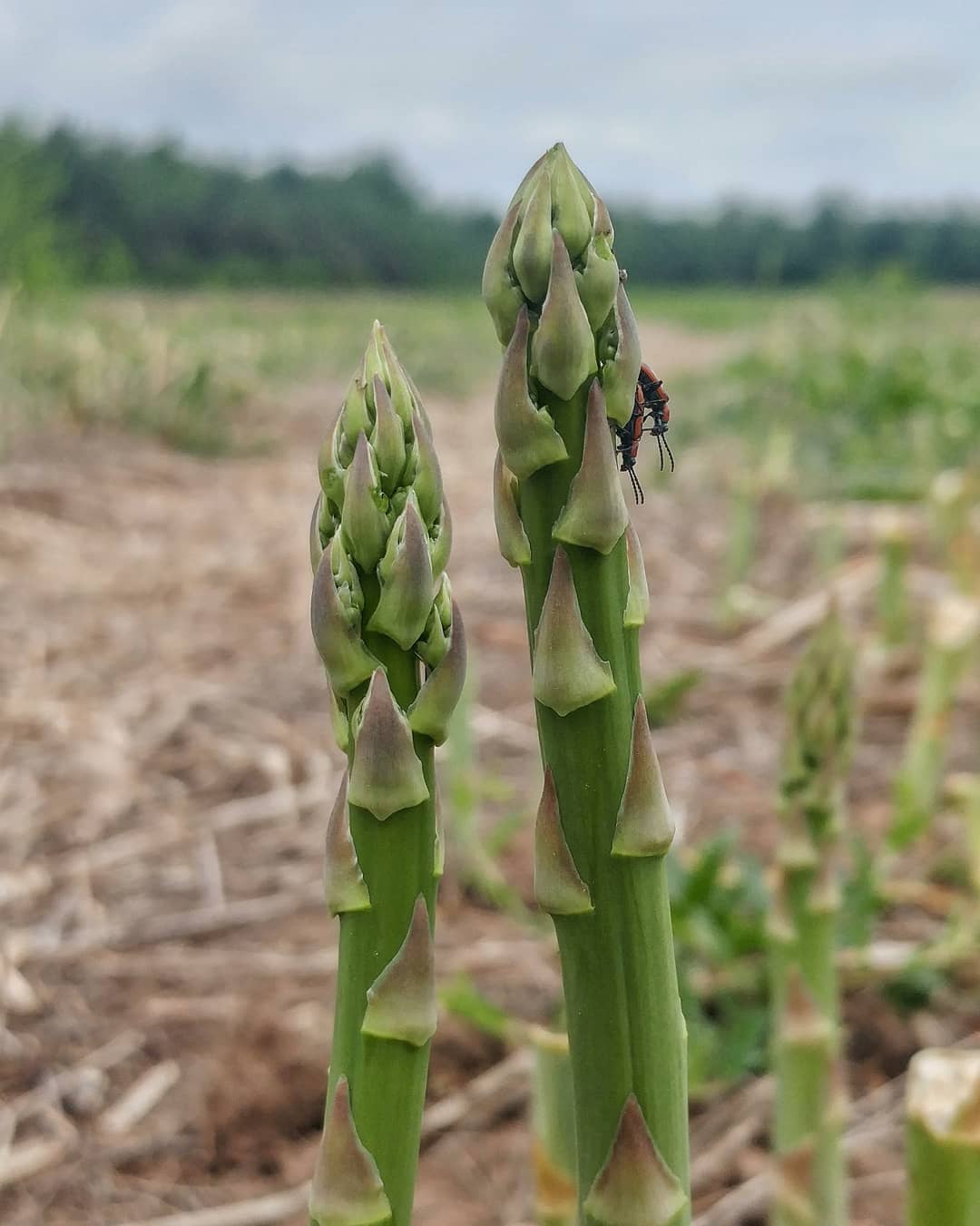
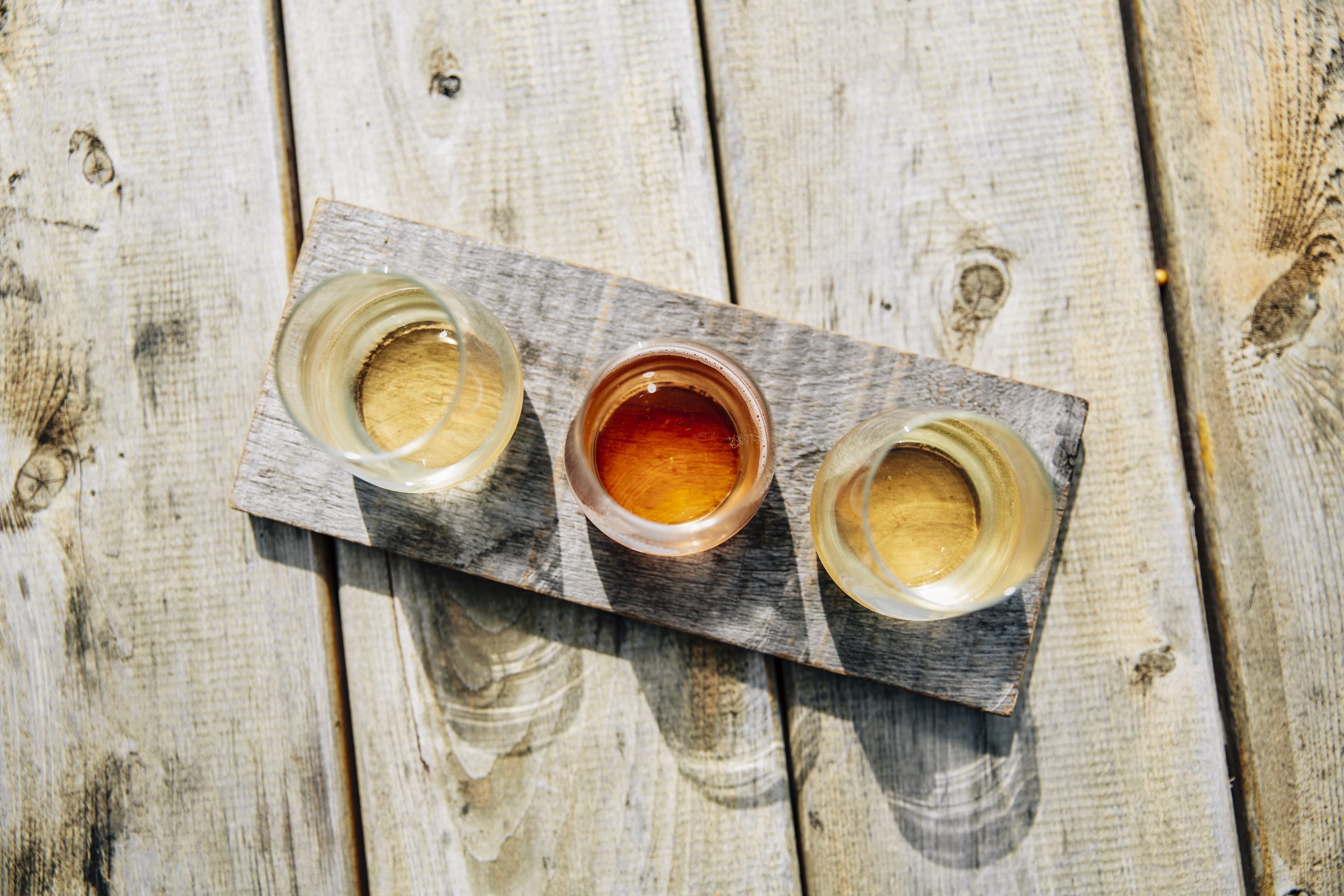
SOME COOL STUFF TO KEEP AN EYE ON
- Shrimp is now being farmed inland in Elgin County
- GMO-free edamame and soy oils are being made in Norfolk County
- Tree nuts like hazelnuts, black walnuts and pecans are gaining ground
- Tea companies are using locally grown products like lavender, grape skins, pea flowers and fruitto augment their blends
- Heritage wheat varieties like Red Fife are being replanted and milled
- More and more hops is going back into the ground every year
- There’s a few industrious farmers raising water buffalo (and making cheese!) in South Eastern Ontario
- Norfolk County is Canada’s ginseng capital
- There are a number of tofu, tempeh and vegan cheese producers now in full operation
- There are people farming elk, ostrich, emu and deer to meet increased demand for unconventional meats
- It’s not just about pickles anymore. Ferments like kimchi, kombucha and koji are on the rise.
- There’s a handful of people making mead from our amazing honey
